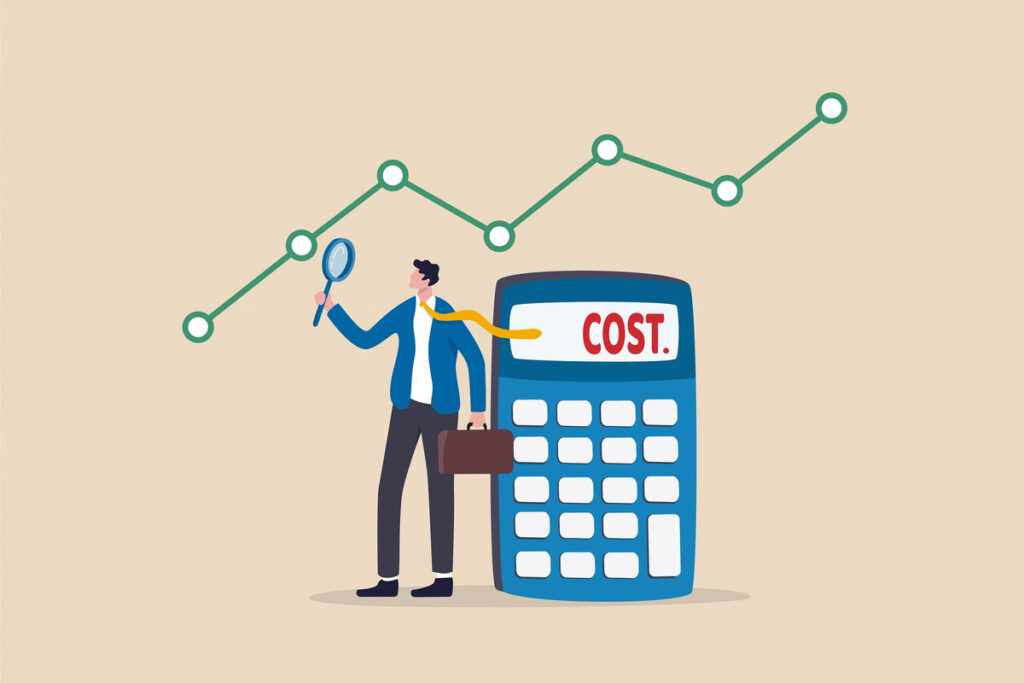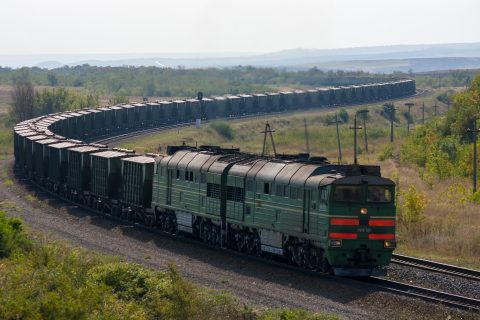- By Della tj
- October 21, 2025
- Customs Brokerage, Shipping
Table of Contents
Importing from China to the Netherlands requires more than good logistics — it demands professional customs clearance to ensure speed, compliance, and cost control. Many importers face challenges such as paperwork errors, VAT miscalculations, and unexpected inspections. However, with expert customs handling, these issues can be minimized or even avoided entirely.
Why Professional Customs Clearance Matters
Efficient trade between China and the Netherlands relies heavily on the accuracy and speed of customs clearance. When customs procedures are mishandled, goods may be delayed in ports like Rotterdam or Amsterdam, leading to costly demurrage and broken supply chains.
Key reasons why professional customs clearance is essential:
- Compliance with Dutch and EU import regulations
- Accurate tariff classification for fair duty assessment
- Lower risk of penalties or shipment seizures
- Improved supply chain transparency
Moreover, professional services help coordinate documents and logistics in one process — ensuring goods move seamlessly from Chinese suppliers to Dutch buyers.
Required Documents for Importing from China to the Netherlands
Every successful clearance starts with complete and correct paperwork. Below is a checklist importers should always prepare in advance.
| Document | Purpose | Issued By |
|---|---|---|
| Commercial Invoice | Declares transaction value | Exporter |
| Packing List | Lists quantities, weights, and sizes | Exporter |
| Bill of Lading / Airway Bill | Confirms shipping mode | Carrier |
| Certificate of Origin | Confirms manufacturing location | Chamber of Commerce |
| Import Declaration (SAD) | Required for customs processing | Customs Broker |
| CE Declaration | For regulated products (e.g., electronics) | Manufacturer |
Tip: Verify that your HS codes and declared values match on every document. A mismatch may trigger inspection or additional tax audits.
How Much Does Customs Clearance Cost?
The total cost of professional customs clearance from China to Netherlands depends on product type, value, and shipping method.
Here’s a general breakdown for common shipment types:
| Mode | Customs Fee (USD) | Transit Time | Ideal For |
|---|---|---|---|
| Sea Freight (FCL) | $100–$200 | 30–40 days | Large cargo |
| Sea Freight (LCL) | $60–$120 | 35–45 days | Small loads |
| Air Freight | $150–$250 | 5–7 days | Urgent goods |
| Rail Freight | $120–$180 | 18–25 days | Medium goods |
Additionally, importers must pay import duties (0–15%) and VAT (21%), depending on product category and HS code. Engaging an experienced customs broker ensures these fees are calculated accurately before shipping.

Real Case Studies of Professional Customs Clearance
Case 1: Machinery Import via Rail Freight
Route: Chongqing → Tilburg
Cargo: 18 tons of auto parts
Mode: Rail Freight (FCL)
Total Cost: $7,600 (including customs duties and delivery)
Clearance Time: 2 working days
Outcome: Early document submission and AEO-preferred clearance reduced inspection rates and shortened delivery time by 20%.
Case 2: Cosmetics Import via Air Freight
Route: Guangzhou → Amsterdam
Cargo: 700 kg high-value beauty products
Mode: Air Freight
Total Cost: $3,800 (customs + VAT prepaid)
Clearance Time: 24 hours
Outcome: Broker pre-verified product compliance with EU cosmetics regulation, ensuring immediate warehouse release and cost savings.
How to Choose a Professional Customs Broker
Selecting a qualified broker is crucial for maintaining efficiency and compliance. Below are must-have criteria for choosing a reliable customs partner:
| Criteria | Why It Matters |
|---|---|
| Licensed Broker | Ensures legal representation before Dutch Customs |
| Experience in China–EU Trade | Familiarity with import rules and taxes |
| Digital System | Enables electronic submission and tracking |
| Bilingual Support | Reduces miscommunication |
| Comprehensive Services | Includes warehousing, inspection, and VAT management |
In addition, verify that the broker offers real-time updates, handles DDP (Delivered Duty Paid) shipments, and manages post-clearance audits professionally.
Common Problems in Customs Clearance (and How to Avoid Them)
Even with planning, customs procedures can become complex. Below are common issues importers encounter and how professionals solve them.
| Problem | Effect | Professional Solution |
|---|---|---|
| Wrong HS Code | Miscalculated duties | Use certified classification tools |
| Missing Invoices | Clearance delay | Digital pre-submission system |
| Undervaluation | Fines or seizure | Transparent declared value policy |
| Non-compliant Goods | Rejection by Dutch Customs | CE certification check |
| Language Barriers | Miscommunication | Multilingual documentation support |
For example, customs officers at Rotterdam often perform random inspections. Professional brokers reduce risks by maintaining compliance documentation in advance.
Comparing Shipping Modes for Efficient Clearance
| Mode | Speed | Cost | Best For | Advantages | Disadvantages |
|---|---|---|---|---|---|
| Sea Freight | Moderate | Lowest | Bulk goods | Economical | Slow clearance |
| Air Freight | Fastest | Highest | Urgent cargo | Quick release | Costly |
| Rail Freight | Balanced | Medium | Regular imports | Reliable timing | Limited routes |
On the other hand, combining modes — such as rail-to-sea — can balance cost and time, providing flexibility while maintaining efficient customs procedures.
Steps to Achieve Professional Customs Clearance
To ensure efficiency and compliance, importers should follow these key steps:
- Pre-clear your documents: Submit customs files before goods arrive in Rotterdam or Amsterdam.
- Hire AEO-certified brokers: Trusted traders enjoy faster inspection release.
- Use EDI systems: Electronic submissions speed up communication with Dutch Customs.
- Maintain consistency: Align commercial invoices, packing lists, and declarations.
- Stay updated: EU import regulations evolve; professionals track changes automatically.
Without a doubt, following these practices ensures that customs clearance remains fast, reliable, and compliant every time.
Conclusion
In conclusion, professional customs clearance from China to Netherlands is the foundation of a reliable import operation. With proper documentation, experienced brokers, and digital processing, importers can eliminate costly delays and ensure smooth logistics flow. Partnering with professionals not only enhances delivery speed but also secures compliance across every shipment.
To summarize, a proactive customs strategy backed by expert services guarantees efficiency, cost control, and peace of mind for every importer connecting China and the Netherlands.
Request a Quote
Need a tailored solution for your shipping from China?
Let TJ China Freight Forwarder assist you with reliable, cost-effective service.
FAQ:
Q1.How long does professional customs clearance take in the Netherlands?
Usually 1–3 working days, depending on documentation accuracy and chosen shipping mode.
Q2.Do I need an import license for all goods?
Only restricted goods require a license; most general products need standard import documentation.
Q3.What are the benefits of using a professional customs broker?
Faster clearance, accurate tariff assessment, and lower risk of penalties or inspection delays.
Q4.Can VAT be prepaid during customs clearance?
Yes, professional brokers offer VAT prepayment options for DDP shipments to simplify the import process.
Q5.How can I reduce customs clearance time?
Submit accurate digital documents early and choose AEO-certified customs agents for priority handling.




